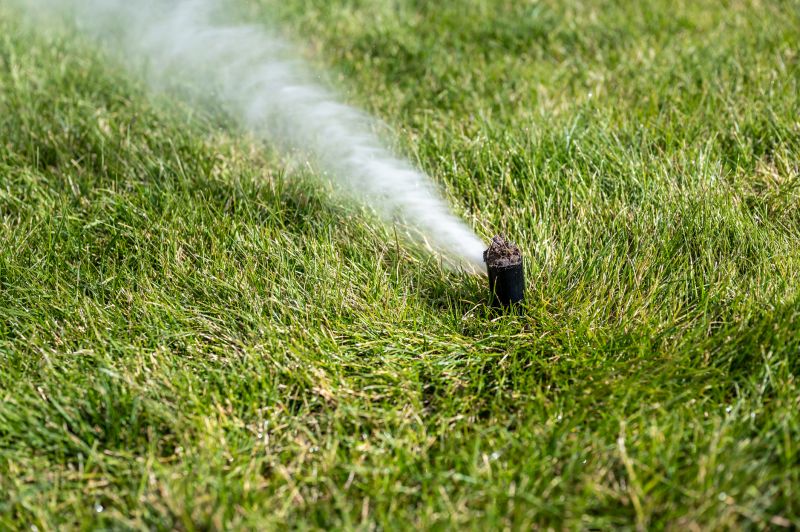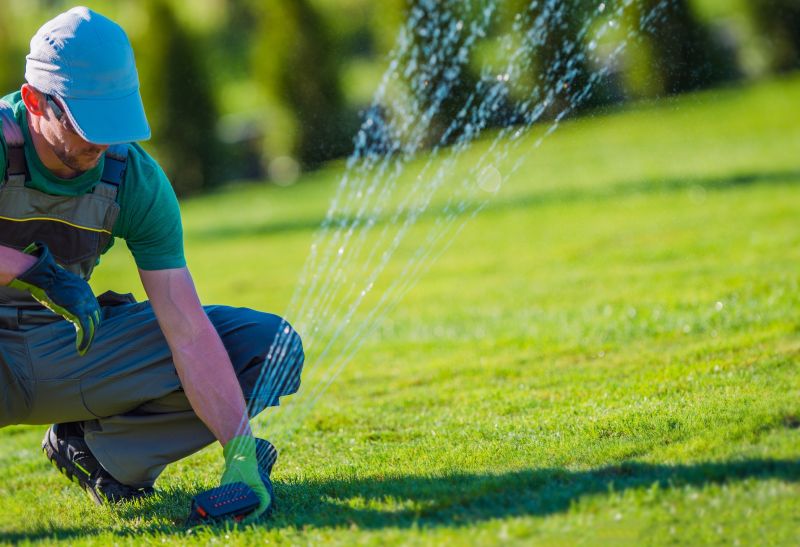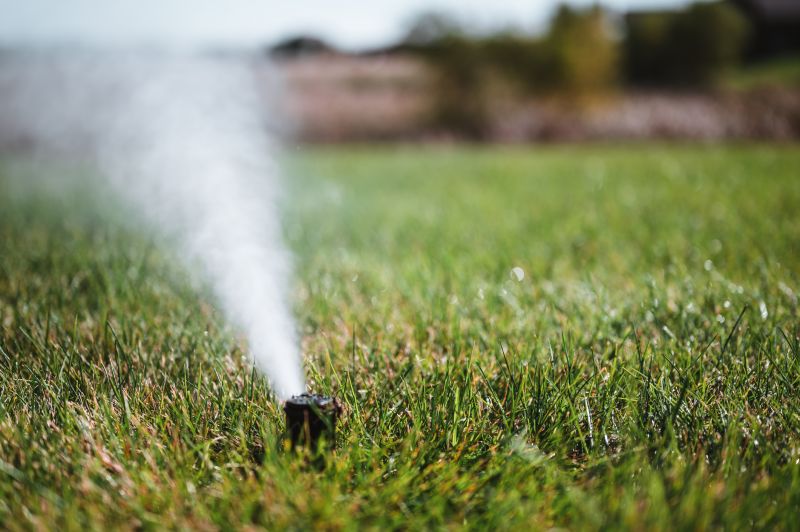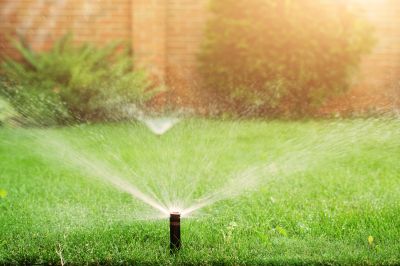Sprinkler System Blowout Timing Tips
Proper timing for sprinkler system blowout service is essential to ensure system longevity and optimal performance. The best time to schedule this service is during the late fall or early winter months, before temperatures consistently drop below freezing. Performing a blowout before the first freeze helps prevent water from freezing inside pipes, which can cause damage and costly repairs.
Scheduling a sprinkler blowout before the onset of freezing temperatures minimizes the risk of pipe damage and system failure.
Conducting a blowout at the end of the irrigation season ensures the system is protected during winter months.
Monitoring local weather forecasts helps determine the optimal window for service, avoiding scheduling during unseasonably warm days that may delay freezing.
In colder regions, early fall is ideal, while milder climates may allow for later scheduling, provided temperatures stay above freezing until after service.

Specialized tools are used to safely remove water from pipes, preventing freeze damage.

A professional technician safely executes the blowout process to ensure thorough water removal.

Illustration of pipes damaged by freezing water, highlighting the importance of timely blowout.

Ways to make Sprinkler System Blowout Service work in tight or awkward layouts.

Popular materials for Sprinkler System Blowout Service and why they hold up over time.

Simple add-ons that improve Sprinkler System Blowout Service without blowing the budget.
| Season | Recommended Timing |
|---|---|
| Fall | Late fall before first freeze |
| Early Winter | Before temperatures drop significantly |
| Late Winter | If winter is mild and temperatures stay above freezing |
| Spring | After winter, before system activation |
| Regional Variations | Timing depends on local climate conditions |
Sprinkler system blowout service involves removing residual water from the irrigation system to prevent freeze damage during colder months. This process typically requires specialized equipment and professional expertise to ensure all water is expelled from pipes, valves, and sprinkler heads. Proper timing is critical; performing the blowout too early may leave water in pipes if temperatures fluctuate, while delaying it increases the risk of freezing and damage. Statistics indicate that systems not properly winterized are more likely to experience pipe bursts, leading to costly repairs and system replacements.
Regularly scheduled blowout services can extend the lifespan of sprinkler systems and reduce maintenance costs over time. It is recommended to assess local climate patterns and consult with irrigation specialists to determine the most appropriate timing for service. Proper winterization procedures, including blowouts, are considered best practice for maintaining irrigation system integrity during off-season months.

A technician preparing to perform a sprinkler system blowout to prevent winter damage.

Specialized equipment used in the water removal process.

Diagram showing pipe damage caused by freezing water.

Preparing irrigation systems for spring activation after winterization.
Interested parties should consider scheduling their sprinkler system blowout service well in advance of the first expected freeze. Proper timing ensures the system is protected, reducing the risk of costly repairs and system failure. Contact for more information or to arrange an appointment.
